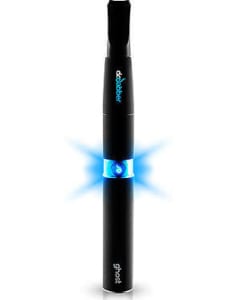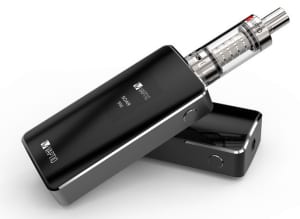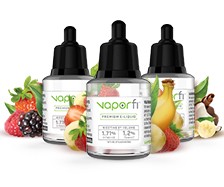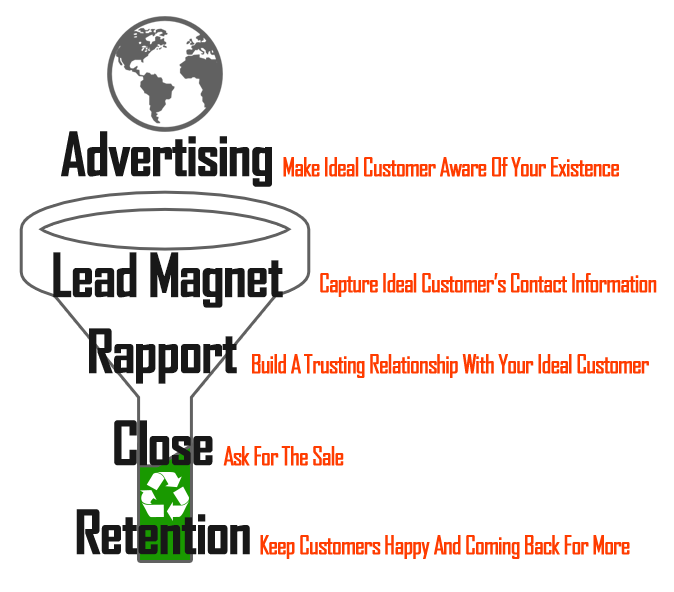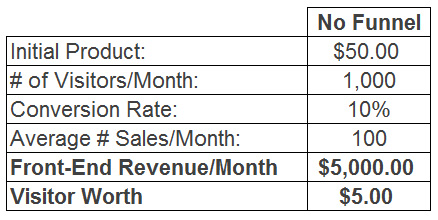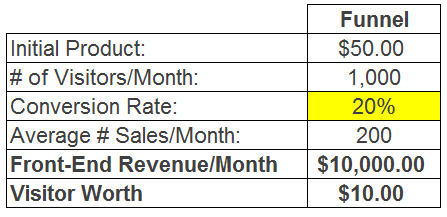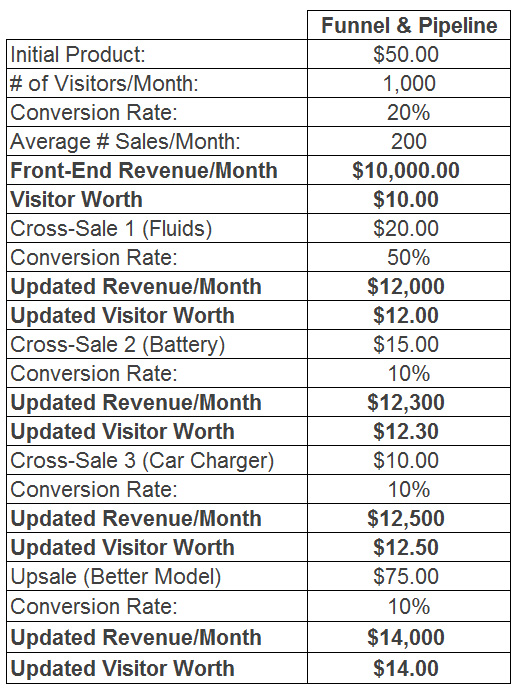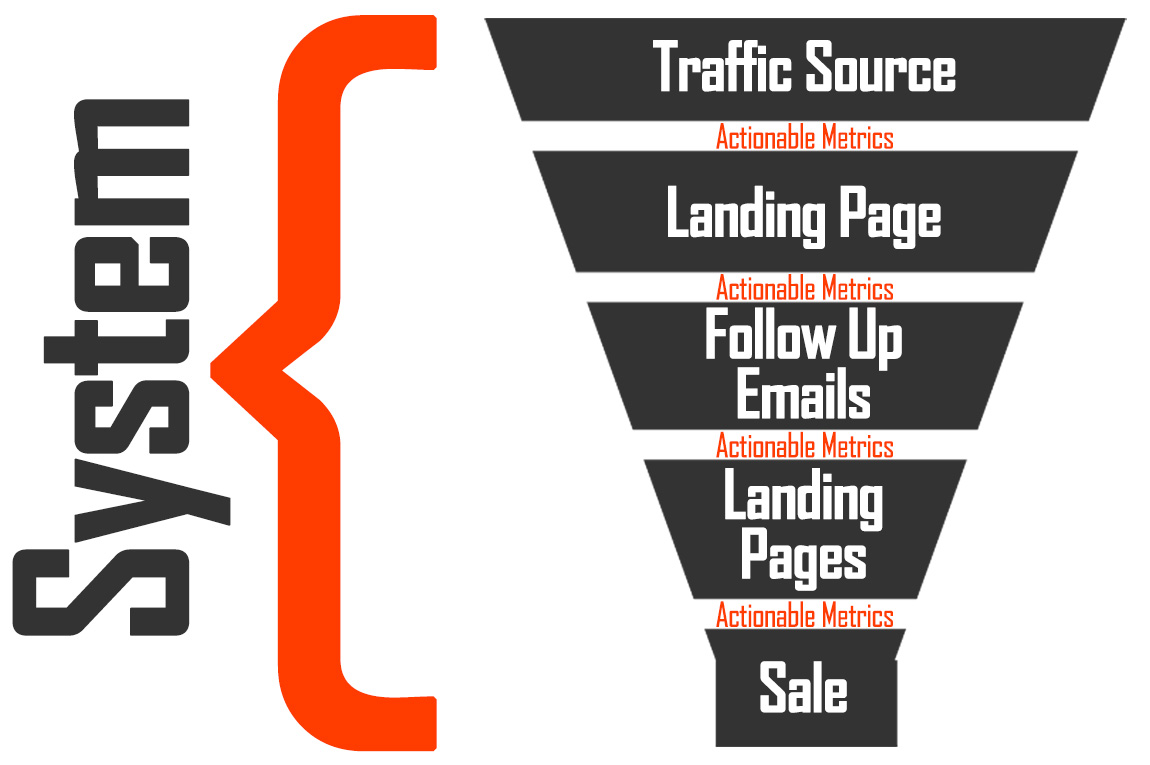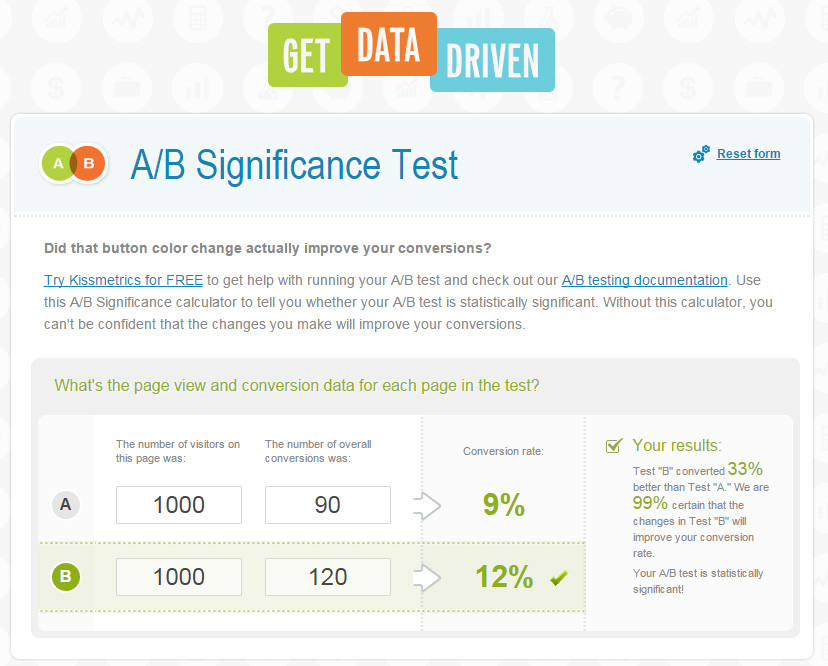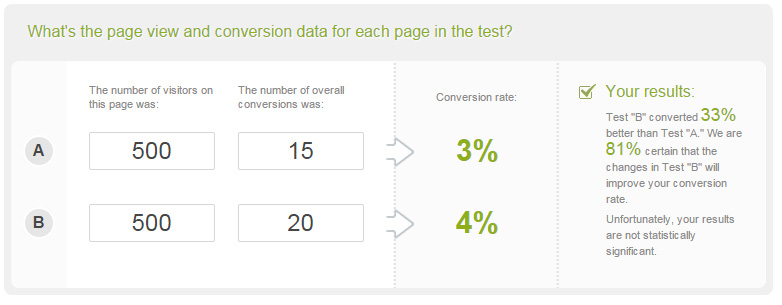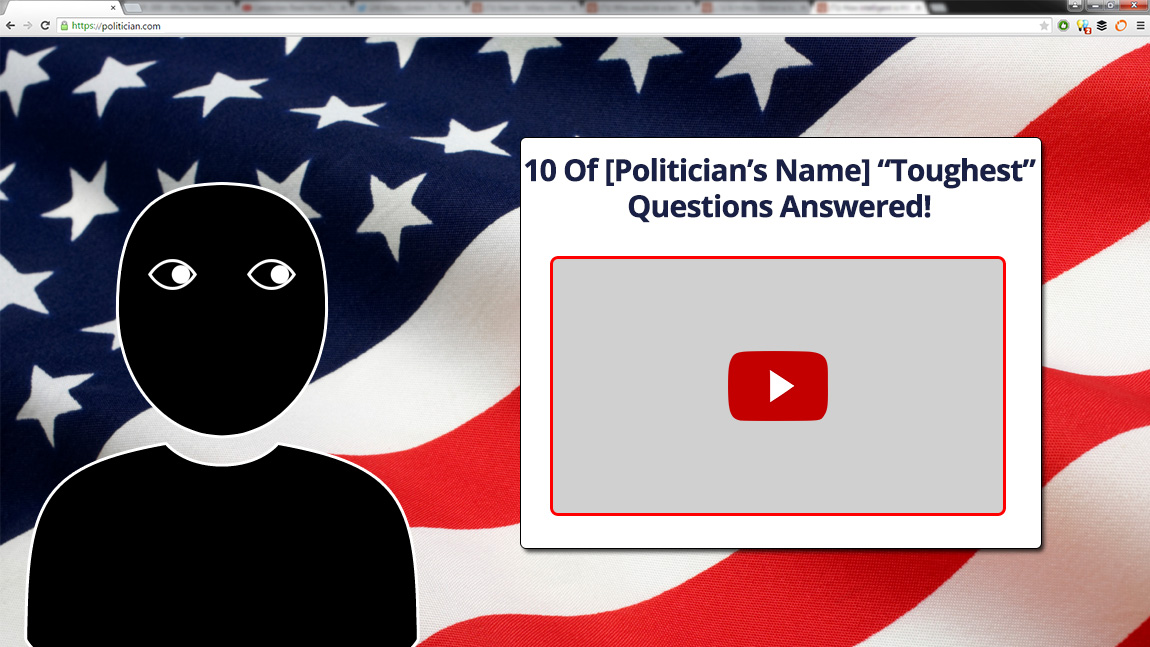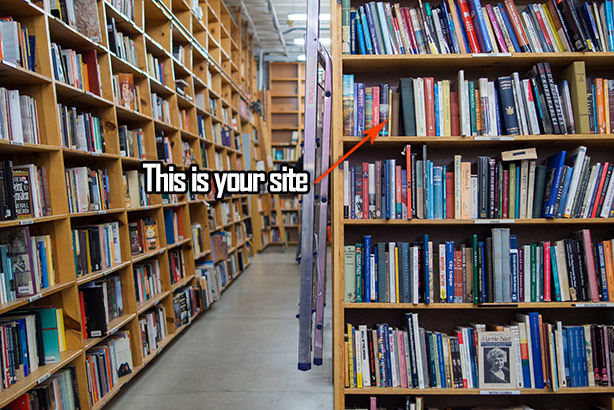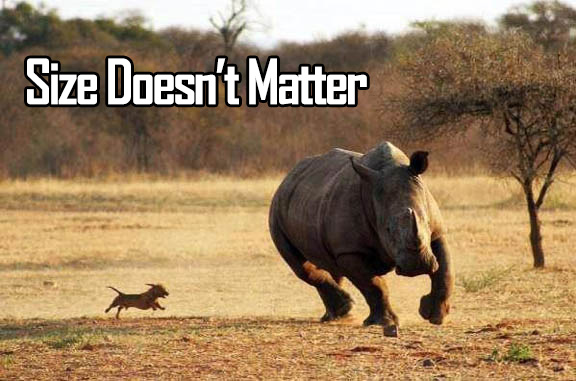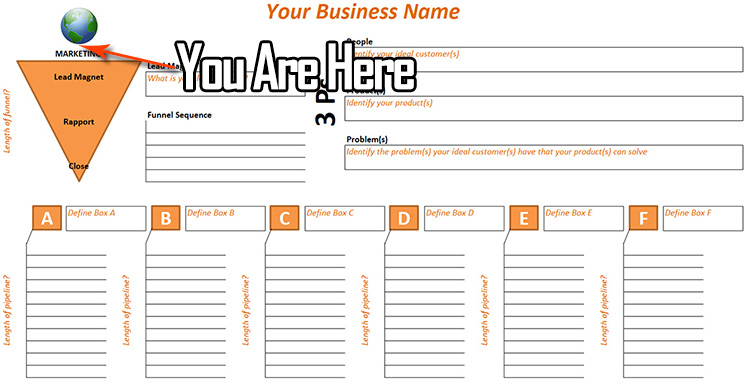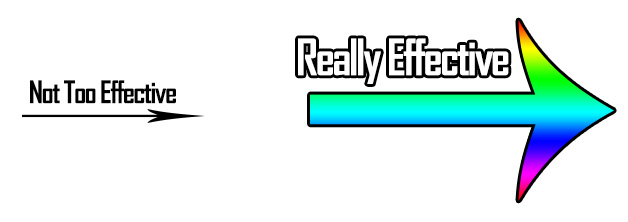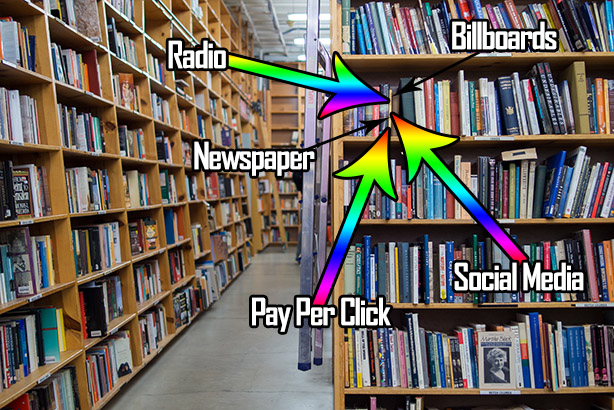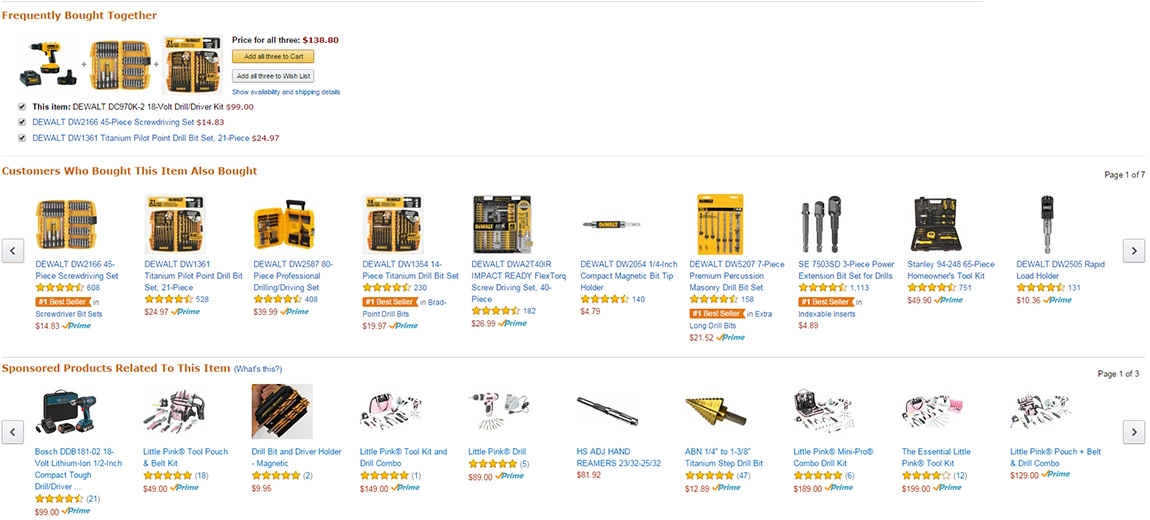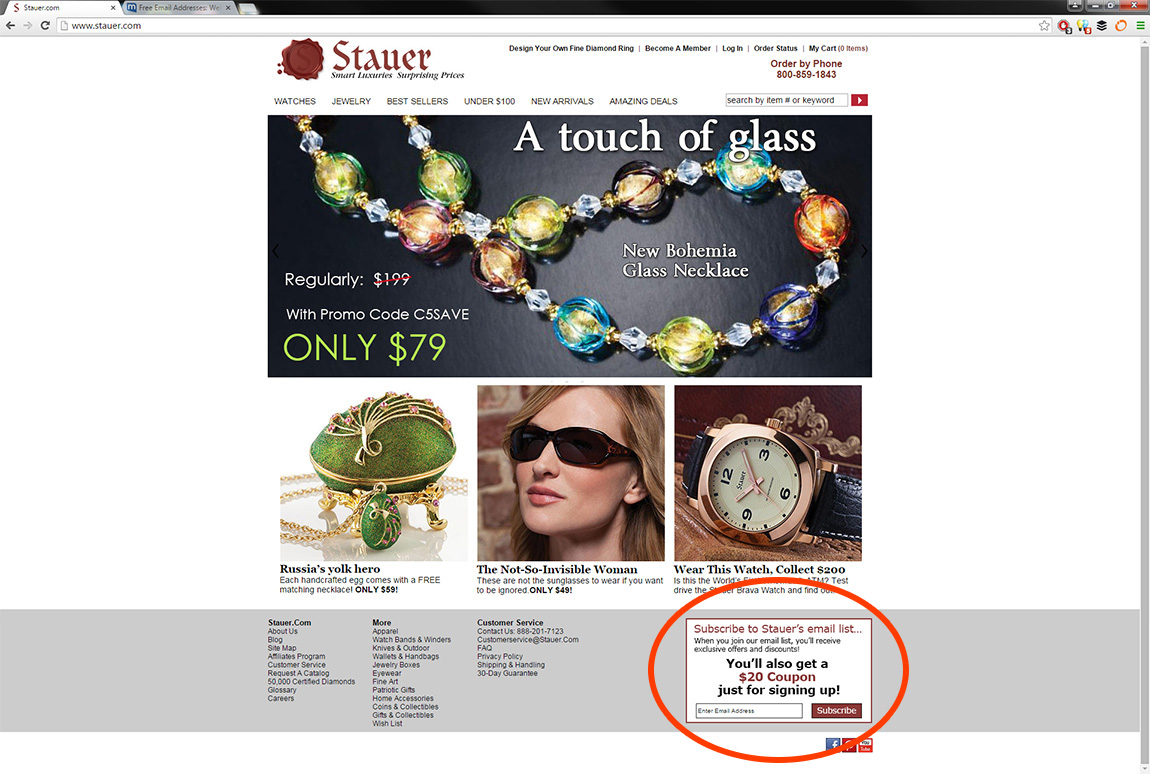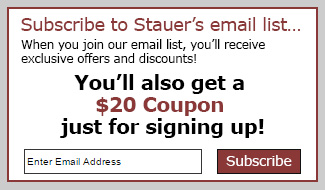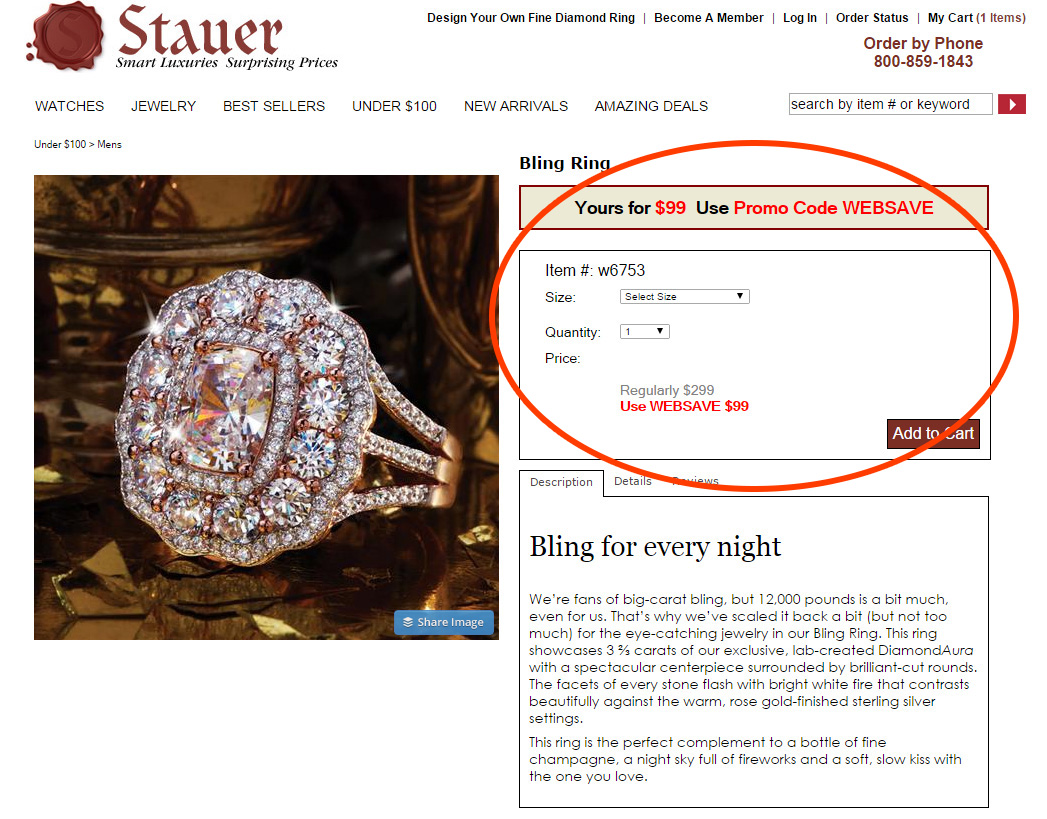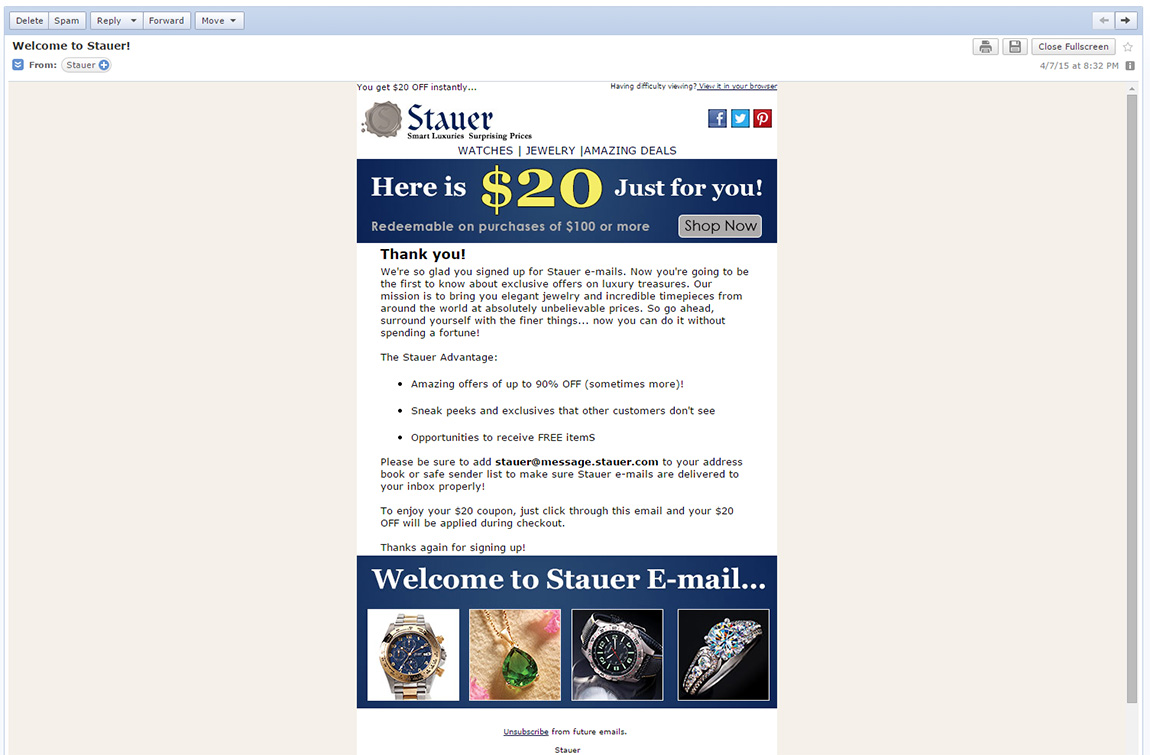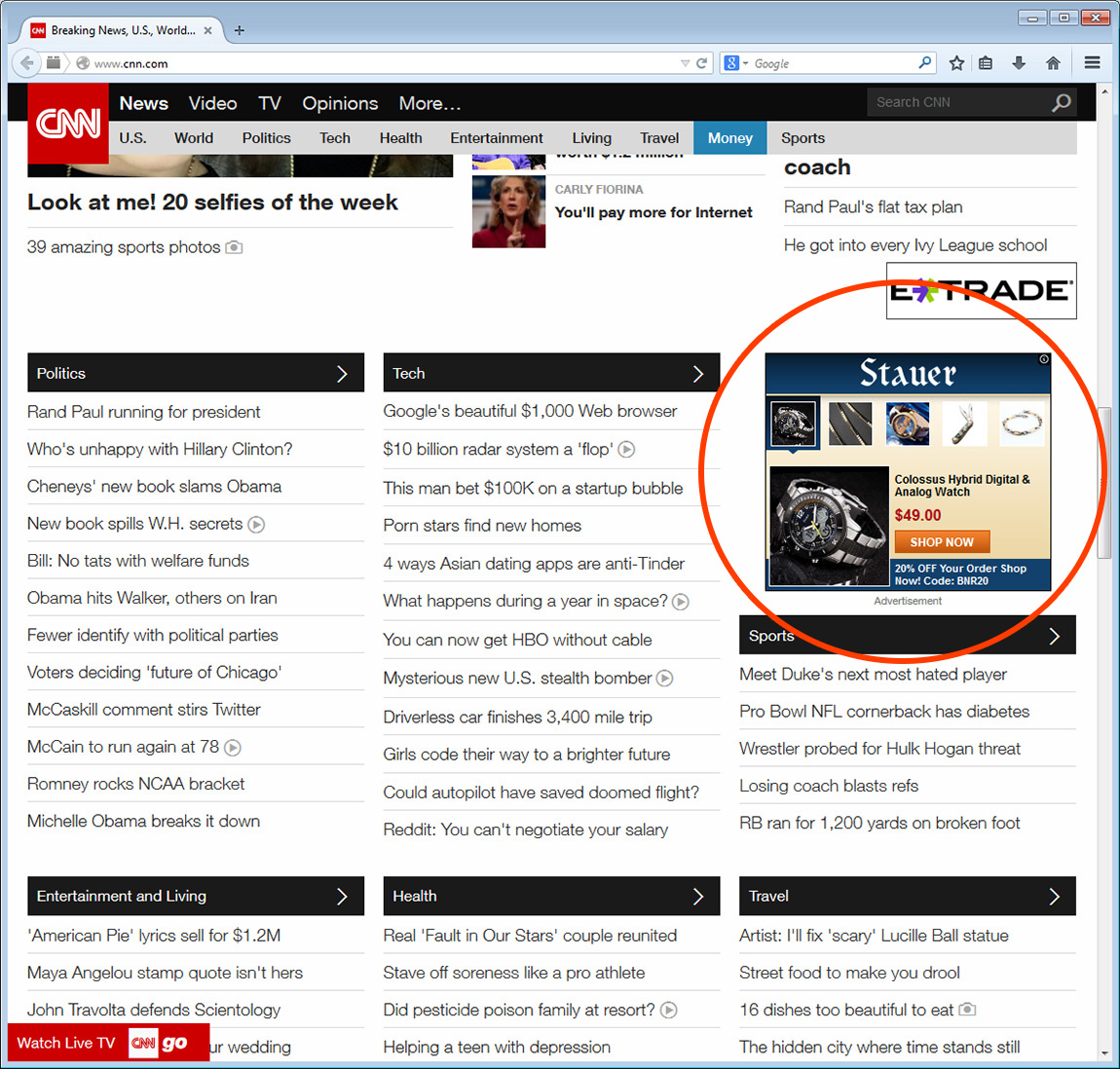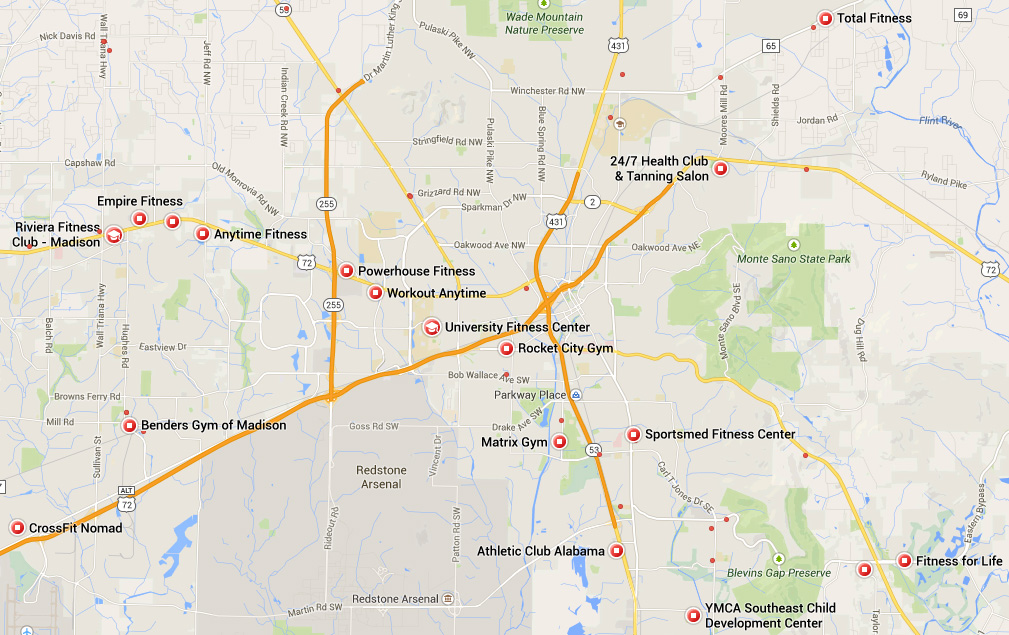Vanity Metrics vs. Actionable Metrics
This article is part of a bigger article on sales funnel optimization that can be found here.
I’M GOING CRAZY?!?!?!
THERE ARE TOO MANY NUMBERS!!!!
We’ve been told from the beginning we’re supposed to “track our site’s visitors”.
So, we’ve installed tracking software like Google Analytics and Clicky (like we’ve been told to) and we’ve “tracked our site’s visitors” … but, are we really tracking the right things?
Probably not.
There’s just so much to track that it’s easy to get lost in the numbers.
This article exists for two reasons, to explain the different metrics that exist and to give you one, clear, guide for how to track one “good” metric – email opt-in conversion rate.
Types Of Metrics
There are two types of metrics that exist when it comes to “tracking your site’s visitors”:
- Vanity Metrics: These are the “pretty”, usually, “big number” metrics that don’t really mean much. For example, site visitors, subscribers, and page views.
- Actionable Metrics: These are the metrics that actually matter. They’re the result of someone performing an action and are usually expressed as some kind of percentage to represent a conversion rate. For example, email opt-in rate, purchases, email open rate, and click-through-rate (sometimes).
* Note: Click-Through-Rate (CTR) is an actionable metric because it measures an action – someone clicking on something. The thing about CTR is that it can be deceiving and isn’t always the most accurate. For example, bots can click links which will throw off your CTR stats.
Also, people click things for various reasons. For example, if you have an ad with an attractive female on it and you advertise to a bunch of males age 18-26 … your ad is going to get a lot of clicks … no matter what. But, do those clicks lead to sales? Maybe, maybe not … but, sales are what truly matters.
So, just be aware … CTR is a good thing to track; however, there are so many variables that go into CTR that it should not be “THE” metric to track, but it can help with some decisions.
Vanity Metrics vs. Actionable Metrics
Actionable metrics are what “bring home the bacon”. Vanity metrics can be fun to look at – for example, it’s fun to see how much traffic your site is getting. It’s fun to watch it grow and grow and grow!
But, if the amount of sales don’t increase with that growth … you have a problem … you probably need to start paying attention to your actionable metrics.
You may have noticed from above that I listed “subscribers” as a vanity metric while I listed “email opt-in rate” as an actionable metric. But, don’t they go hand-in-hand?
No.
A business may have an email list of 10,000 subscribers; however, that number is relative. I mean, so what? Sure, it sounds like a lot; however, what if they’d been building that list for 3 years and have over 100,000 unique views a month?
10,000 doesn’t seem as impressive now … does it?
If they did a little math, they’d see that their email opt-in conversion rate (the actionable metric that matters) is only 0.3%! Pitiful!
If they had focused on optimizing their conversion rate and brought it up to 5%, they’d have an email list of over 180,000 by now!!
By looking just at list size, they missed out on 170,000 subscribers … makes me sad :/
How To Track Email Opt-in Rate With Google Analytics
Let's not let your business fall in the same trap as the example business from above!
Here's a little tutorial about how to setup conversion tracking in Google Analytics.
The Google Analtyics team made some changes to their software, so we created an updated tutorial that can be found here!

